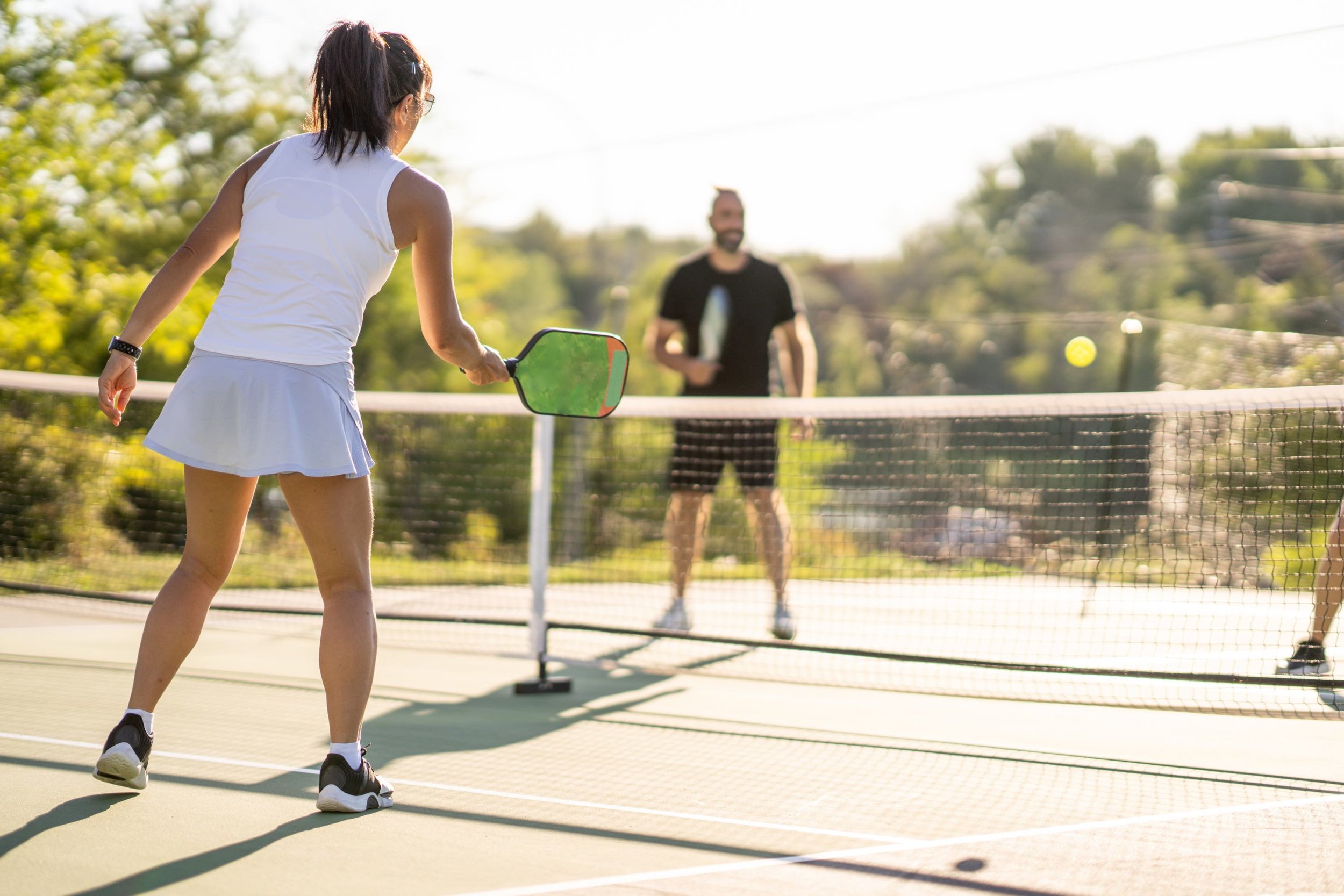What Are The Differences Between Pickleball And Tennis?
Pickleball and tennis are two racket sports that have gained enormous popularity over the years. Each sport has its technique, equipment, court size, and rules. While both games share some similarities, they also have distinctive differences. As much as pickleball and tennis might seem similar at first glance, a closer look will show that they have distinct differences. In this blog post, I will delve into these differences and help you understand better what sets pickleball and tennis apart.
Court Size
The court size is one of the most significant differences between pickleball and tennis. A tennis court is much larger, measuring 78 feet long and 36 feet wide, while a pickleball court measures only 44 feet long and 20 feet wide. Due to its smaller size, pickleball can be played indoors more easily than tennis. Tennis requires more space and is predominantly played outdoors.
Net Height
The net height for both sports also varies. A pickleball net measures 36 inches at the posts, while a tennis net is 42 inches at the posts. This difference in net height has an impact on the game. Since pickleball nets are lower than those of tennis, some players find it easier and more comfortable to volley shots when playing pickleball.
Racket Size
Another major difference between the two games is the racket size. A pickleball paddle is smaller, measuring between 15 and 17 inches, while a tennis racket is larger, measuring between 27 and 29 inches long. This means that pickleball paddles require more precision, while tennis rackets offer more power and leverage.
Pickleball is played with paddles (with no strings), unlike in tennis which uses rackets which provide more power.
Ball Type
The type of ball used in each game is also different. Pickleball uses a lightweight plastic ball with holes, while tennis balls are heavier, and made of rubber and felt. Pickleball balls are slower and tend to stay low while tennis balls are faster and have more bounce. This difference can make a significant impact on playing style.
Scoring Method
The scoring method is another major difference between the two games. Tennis uses a more complex scoring system, including terms like "love" and "deuce." In contrast, pickleball keeps things simple with a 0-11 scoring system. The first team or player in pickleball to get to 11 points and lead by two wins. In tennis, matches are played with the best of 3 or the best of 5 sets.
Serve Technique
The serve is also another critical aspect that distinguishes these two racket sports. In pickleball, the serve is underhand, and it must be delivered from below the waist level. In tennis, players have more freedom in their serve; they can hit the ball either overhand or underhand. Also, serves in tennis are generally more powerful than those in pickleball, due to the larger racket and faster ball.
Playing Technique
The playing technique in pickleball and tennis also has some clear distinctions. In tennis, players are required to move back and forth along the court. In pickleball, however, players can stay stationary more often since the court is much smaller. This means that pickleball requires less physical exertion than tennis does, making it more suitable for older people or those looking for a less strenuous game. Pickleball also requires more strategy and placement as opposed to speed and power. It’s a game of precision, and one can be just as effective as an opponent with a lot of power.
In conclusion, while pickleball and tennis may seem similar at first glance, they're very different sports indeed. The court size, net height, racket size, ball type, scoring method, serve technique, and overall playing approach are just a few of the elements that differentiate these two popular racket sports. Tennis is typically more strenuous and requires greater physical exertion, making it suitable for those looking for an intense, dynamic game. On the other hand, pickleball, with its smaller court size and less physically demanding nature, is perfect for those seeking a more strategic, less strenuous game. Regardless of these differences, both games offer an exciting, competitive, and fun way to stay active.

